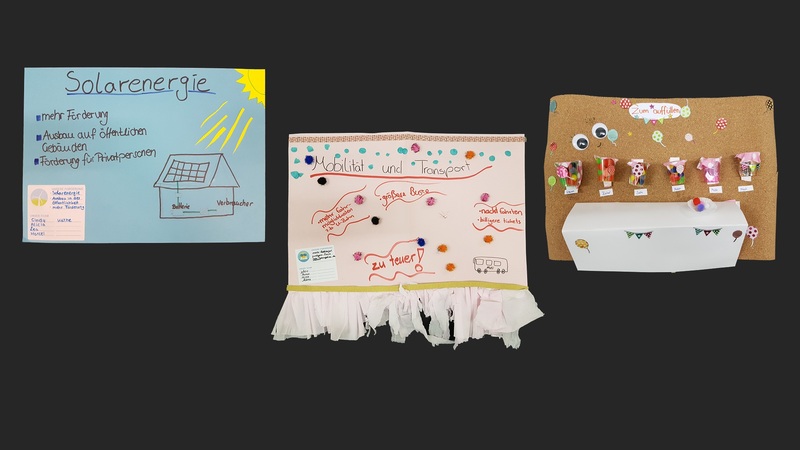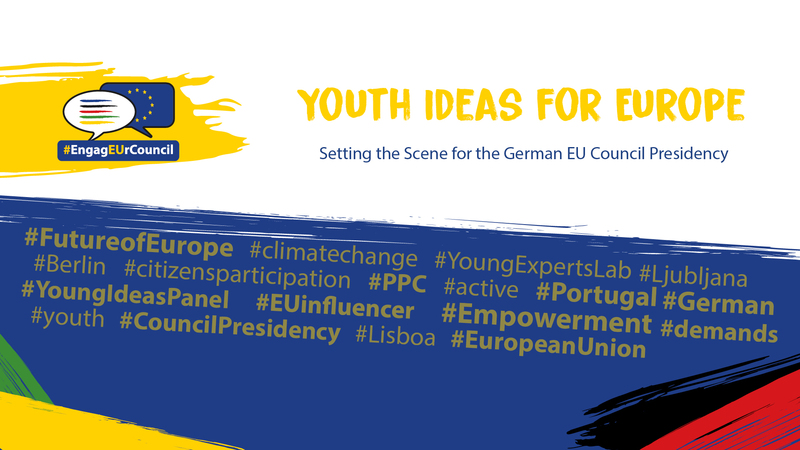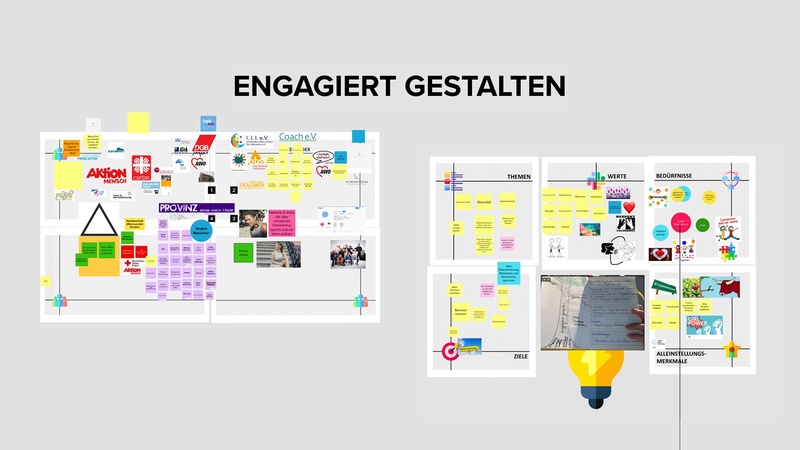We are looking ahead to the year 2030: What about the coherence of the European Union? Will the EU be strengthened or weakened as an independent actor capable of acting? Are the states and societies growing ever closer together or are the centrifugal forces stronger? What about economic competitiveness and innovative strength? Is there a common foreign policy strategy?
We do not have an answer to any of these questions; after all, it is impossible to predict the future. But with the scenario method, we can approach possible alternative developments, evaluate them and derive recommendations for policy or strategic decisions. The appealing thing about the scenario process is the mixture of analysis and creativity. But - one thing after the other.
First of all, we had to find the right question together with the colleagues from the Konrad Adenauer Foundation. If the question and time frame are too broad, the scenarios are too arbitrary. If they are too narrow, there is no room for alternative developments. Here, we agreed on the question of how the coherence of the EU would look in 2030.
In a first workshop, we tried to identify the most important social, technological, economic, ecological and political driving forces. Exciting debates ensued among the staff of the Konrad Adenauer Foundation (KAS), not least because the participants looked at the question from different perspectives and professional backgrounds. Subsequently, the two critical uncertainties were identified - the factors whose future manifestation was seen as particularly uncertain and very powerful at the same time.
The critical uncertainties resulted in four basic scenarios for each topic. Whereas the analytical lens had previously had the upper hand, creativity now took over: A firework of events, developments, (missed) opportunities, winners and losers were sketched into a logical sequence. The workshop ended with the interpretation of the results. What does all this mean for the Foundation's work?
In a second workshop, the same question was dealt with again with a different group of participants: with external experts from very different fields. And then the most challenging and innovative part of the project began: the development of an analytical tool to interpret the scenarios and future developments. What development path are we on? What changes have there been in the most important variables? Which cause-effect relationships do we need to look at, how are the indicators operationalised? Sounds technical, but it is classic analytical work, which is what large foundations do anyway with their foreign offices and thematic advisors. Our contribution was to develop a methodological framework for this work, which will be used in the future for different topics.
And what is the future of the EU? We still don't know, but at least we now know more about which developments we need to pay special attention to and what the future depends on.



